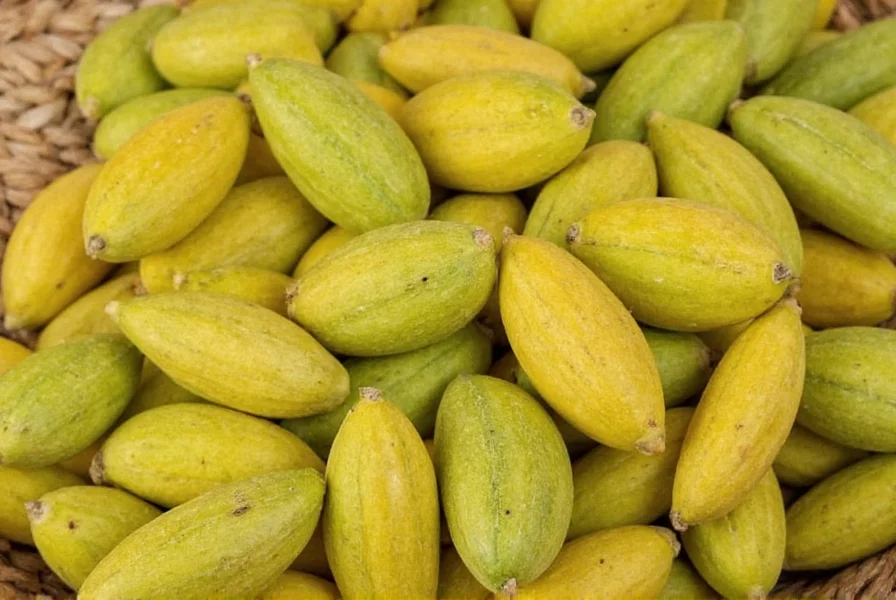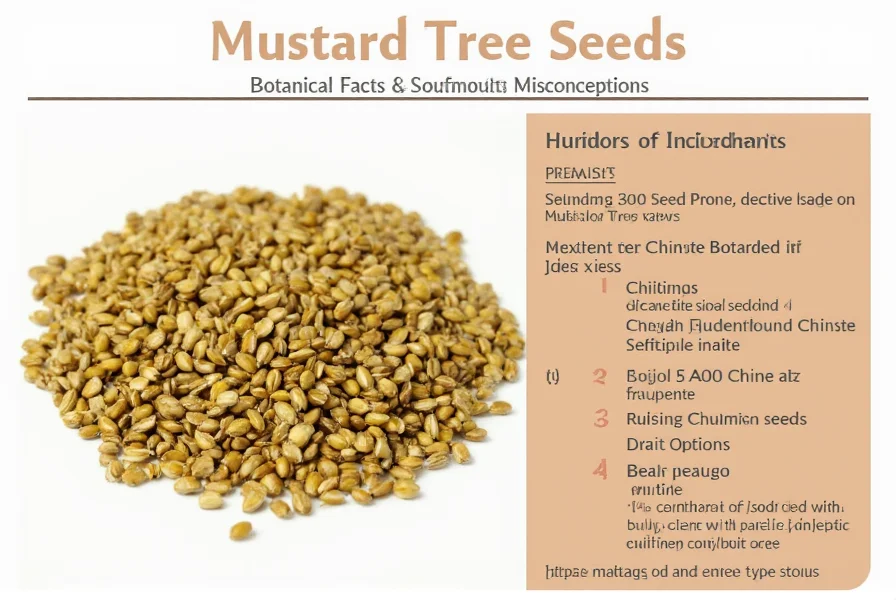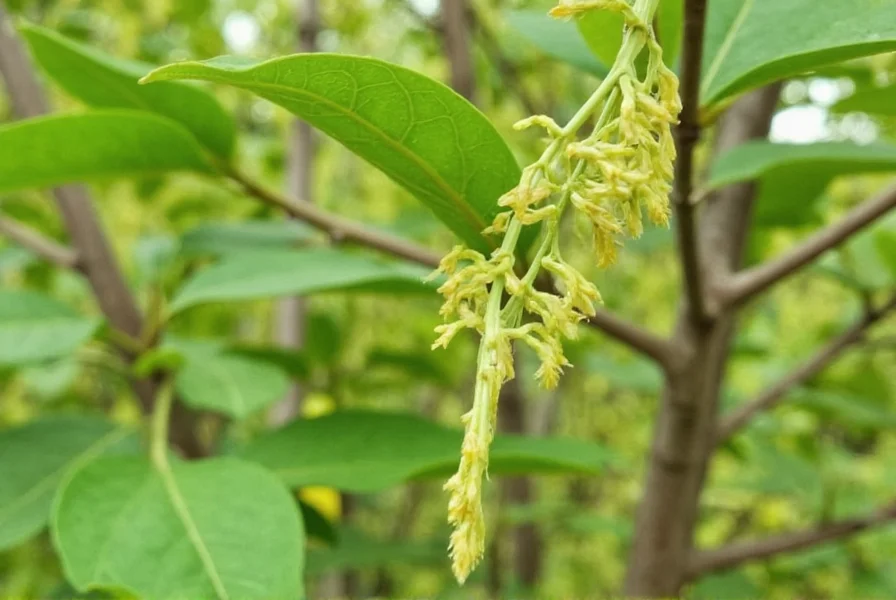When searching for information about mustard tree seeds, many people encounter confusion stemming from historical and religious references. The reality is straightforward: no true mustard tree exists in botanical classification. What's commonly called a “mustard tree” is actually an exceptionally tall-growing mustard plant, typically Brassica nigra (black mustard), which can reach heights that might appear “tree-like” compared to other garden plants.
The Botanical Reality Behind Mustard “Trees”
Understanding mustard seed tree botanical name clarifies much of the confusion. The plant most frequently associated with the “mustard tree” description is Brassica nigra, native to Europe and parts of Asia. Despite reaching heights of 6-10 feet under ideal conditions, it remains an annual herb, not a perennial tree. Its impressive stature—especially when compared to other mustard varieties—likely inspired the biblical parable describing the mustard seed growing into a tree where birds could nest.
Other species sometimes referenced include:
| Plant Species | Common Name | Max Height | Seed Characteristics | h>
|---|---|---|---|
| Brassica nigra | Black Mustard | 6-10 feet | Small, round, dark brown to black |
| Brassica juncea | Brown Mustard | 4-6 feet | Smaller, reddish-brown |
| Brassica hirta | White Mustard | 2-4 feet | Larger, pale yellow |
These plants complete their life cycle in one growing season, dying after producing seeds—unlike true trees that persist for multiple years. The difference between mustard seeds and mustard tree seeds is essentially a matter of plant size and variety, not botanical classification.

Characteristics and Composition of Mustard Seeds
Mustard seeds from these large-growing varieties share similar properties with other mustard seeds but may have slightly different chemical profiles due to the plant's size and growing conditions. Key characteristics include:
- Size and appearance: Typically 1-2 mm in diameter, spherical to slightly flattened
- Color variation: Ranges from pale yellow (white mustard) to reddish-brown (brown mustard) to dark brown/black (black mustard)
- Chemical composition: Contain glucosinolates that, when combined with water, produce the pungent compound allyl isothiocyanate
- Nutritional profile: High in selenium, magnesium, and omega-3 fatty acids
The nutritional value of mustard tree seeds makes them valuable beyond their culinary uses. A single tablespoon (about 9 grams) provides approximately:
- 50-60 calories
- 3 grams of healthy fats
- 3 grams of dietary fiber
- Significant amounts of calcium, iron, and manganese
Historical Context and Common Misconceptions
The enduring confusion about mustard seed tree explanation primarily stems from the New Testament parable where Jesus describes the kingdom of heaven as being like a mustard seed that grows into a tree. In first-century Palestine, Brassica nigra would have been the most likely candidate, as it can grow substantially taller than surrounding vegetation.
Modern botanists note that while impressive for an herbaceous plant, even the tallest mustard plants don't approach the size of actual trees. The parable's point was likely the dramatic contrast between the tiny seed and the relatively large plant it produces—not a botanical classification. This biblical mustard seed tree explanation has been misinterpreted by some as referring to an actual tree species.
Practical Uses of Mustard Seeds
Whether from standard or larger-growing mustard plants, these seeds serve multiple purposes:
Culinary Applications
Chefs value mustard plant seed characteristics for their versatility. Black mustard seeds (Brassica nigra) deliver the most intense heat and are commonly used in Indian cuisine, particularly in tempering oils for dals and curries. When heated in oil, they pop and release complex flavors that form the foundation of many dishes.
Medicinal Properties
Traditional medicine systems have utilized mustard seeds for centuries. Research suggests potential benefits including:
- Anti-inflammatory effects from selenium content
- Potential respiratory relief from mustard oil vapors
- Topical pain relief when used in poultices
However, scientific evidence for many traditional claims remains limited, and mustard seeds should not replace professional medical treatment.
Agricultural Benefits
Farmers increasingly recognize the value of growing mustard tree from seeds as a cover crop. Mustard plants:
- Suppress soil-borne pathogens through biofumigation
- Improve soil structure with their extensive root systems
- Attract beneficial insects when allowed to flower
- Provide green manure when tilled into soil

Growing Mustard Plants
For gardeners interested in mustard seed tree height and growth characteristics, here's what to expect:
Mustard plants grow rapidly in cool weather, with seeds germinating in 3-10 days. They prefer full sun and well-drained soil with a pH between 6.0-7.5. While Brassica nigra can reach 6-10 feet under ideal conditions, most gardeners see heights of 4-6 feet. The plants produce small yellow flowers that develop into seed pods containing the familiar mustard seeds.
Harvest seeds when pods turn brown and begin to dry. Cut entire stalks and allow to dry further in a paper bag before threshing. Properly stored in airtight containers, mustard seeds maintain quality for 2-3 years.
Clarifying Common Misunderstandings
Several persistent myths surround mustard tree seeds vs regular mustard seeds:
- Myth: Mustard “trees” are actual trees with woody stems Reality: They're herbaceous annuals that die after seeding
- Myth: All mustard seeds come from the same plant Reality: Different species produce yellow, brown, and black seeds with varying pungency
- Myth: Mustard plants can grow to 30 feet tall Reality: Even under perfect conditions, they rarely exceed 10 feet
Understanding these distinctions helps gardeners, cooks, and researchers work with accurate information about these versatile plants.











 浙公网安备
33010002000092号
浙公网安备
33010002000092号 浙B2-20120091-4
浙B2-20120091-4